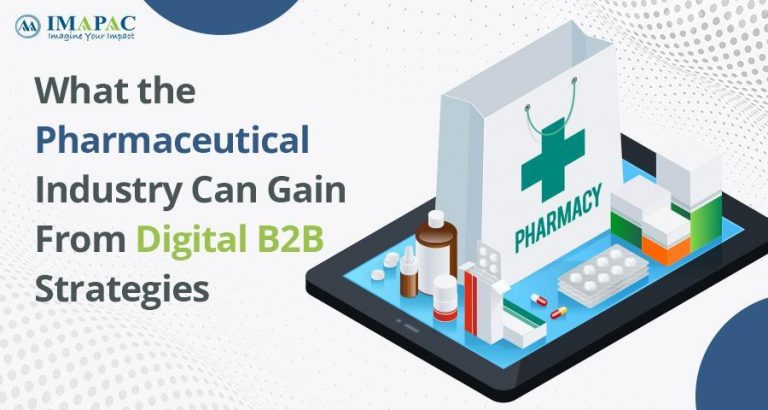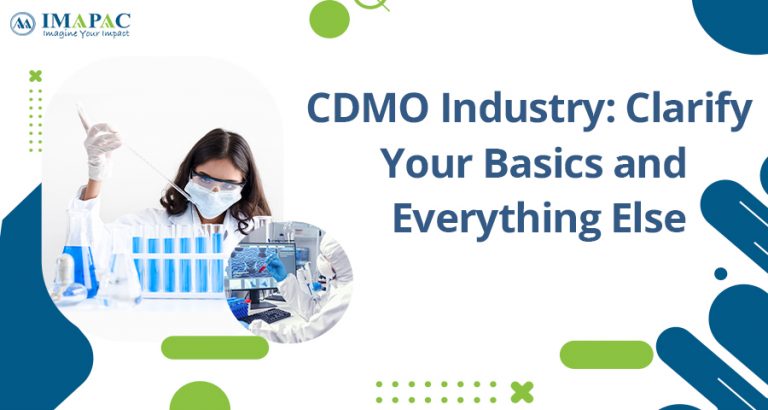What the pharmaceutical industry can gain from digital b2b strategies ?
No matter what generation we belong to—Generation X, Millennials, or Generation Z—the rapidly expanding e-commerce has become our natural environment in the last few years. Our buying experience with a sales representative or assistant may soon be completely overlooked as the new means of marketing and selling take their proper place. One can only predict how future tech-savvy digital shoppers will seem and act because one generation has an impact on another.
Businesses need to be adaptive and flexible to meet the constantly shifting needs of their clients. But the target audience is always the first thing that needs to be carefully analyzed. Now, it’s expected to see consumers making continual online purchases or service requests (simply observe the younger demographic, which is almost “glued” to their smartphones). Due to the rapid advancement of mobile technology, we now routinely use our smartphones for information seeking, interacting with brands on social media, and making purchases.
We are not necessarily referring to actual internet purchases here, of course. The fact is that having an online presence aids businesses in enhancing customer loyalty, which is a crucial aspect of the customer lifecycle in today’s world, and in creating stronger brand awareness through the proper channel mix. Businesses must embrace an omnichannel strategy, combining their marketing resources, marketing insight reports, data, technologies, and personnel to deliver the best-in-class experience.
What can pharma learn from global B2B practices about overcoming siloed approaches to satisfy customer demands?
No matter where the customer is, the online buying experience should be embraced and exploited to its maximum potential in the age of the customer. According to data, the average B2B buyer conducts roughly 12 online searches before choosing a particular brand, and 55% of B2B marketing expenses are devoted to digital advertising, which contributes to a more individualized shopping experience.
Nothing is different when it comes to pharmaceutical marketing. In fact, both patients and doctors are on the lookout for pharmaceutical companies that will provide them with a first-rate individualized experience when it comes to their health and wellbeing. Here, omnichannel might deliver the necessary return.
B2B organizations may be facing two major issues as they attempt to keep up with their digital users as new technologies develop quickly. These include recognising time-to-value and a budget shortage. Retailers also cited obstacles to implementing e-commerce tools and a lack of a consistent experience across channels as contributing factors. For improved brand promotion, b2b in pharmaceuticals are required but some organizations’ employees find it difficult to work with self-service digital websites, or vice versa, many teams who are primarily involved in e-commerce may run into difficulties when integrating offline tools into their strategy.
In the end, businesses should have a consistent online and offline presence, maintain the proper balance, and continuously monitor how one channel interacts with another. Or, as noted in the study, to strike a balance between the advantages of digital automation and a more consultative, customer-centric approach to selling.
Nowadays, customer data is dispersed across a wide range of platforms, such as mobile, internet, social media, etc. Client data should be carefully recorded, located, and unified from numerous touchpoints when it comes to such rigorously regulated companies as Pharma and Life Sciences. To thrive in the fiercely competitive market and win client loyalty through targeted messaging, data silos should be broken up. It entails connecting CRM data with a marketing automation system for pharmaceuticals.
No industry is exempt from the change brought on by technology adoption. Companies in the life sciences and pharmaceutical industries, for instance, can make choices in real-time thanks to a variety of digital tools and platforms;
In the upcoming years, the adoption of eCommerce will only accelerate and deepen. According to statistics, B2B reporting shows that businesses that engage in online selling had higher sales, a more successful pricing strategy, and improved product catalogs. Furthermore, it is anticipated that by using online channels, e-commerce techniques will help enter new markets much faster and more affordably. This in fact creates new opportunities for the development of an omnichannel selling future. The quick development of digital marketing and the transformation in embracing virtual channels have both had an impact on pharma. Examples include ordering prescribed medications by patients using a single application (such as the RefillPro app, where users can “access” the selected pharmacy just in a few clicks).
Do not concentrate on individual phases, but rather the overall client journey. Marketing and sales teams need to be aware that consumers who are more “digital-oriented” may change their preferences and behaviors more frequently than customers who are more “offline-preferred” in order to ensure a better omnichannel experience. They must carefully plan their excursions, taking into account the pre-, during, and post-sale phases.
Organize your teams appropriately to maximize the benefits of omnichannel selling. Organizational management should strive to remove obstacles and concentrate on fostering stronger ties between the digital and traditional sales teams.
Find a strong alliance to make omnichannel adoption easier. For instance, an appropriate technology partner offers the most cutting-edge tools and resources for content production, task automation, and analytics that support the formulation of a smooth operational strategy plan in line with your company’s requirements.
Develop a flexible culture. The strategy for creating an organizational culture should be flexible and structured when preparing for new e-commerce opportunities. Companies must continually analyze the impact they have on their business and implement change management practices to help staff adapt to any changes or acquired skills.





